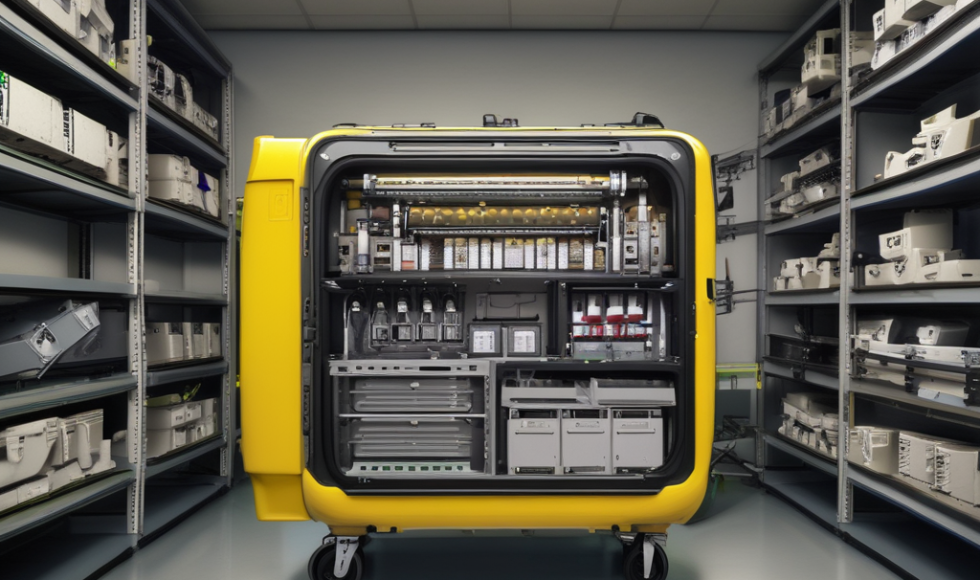Tonight, I started watching sessions from London Calling 2024! Rea Kobialka from the Institute of Animal Hygiene and Veterinary Public Health in Germany presented a session entitled “Mobile lab for rapid detection of pathogens in wastewater in sub-Saharan Africa.” They emphasized the importance of surveillance. The research team developed a portable suitcase mobile lab. The MinION sequencer’s small size and rapid wastewater extraction system were critical for portability. The extraction depended on bead beating and magnetic separation of impurities and was based on the principle of reverse purification. For larger volumes of water, a concentration step can be performed. Kobialka and team developed a protocol for 200 ul of wastewater and focused on extracting bacterial DNA. Glass beads are used in a three-minute vortexing step. A brief incubation at 95C for fifteen minutes is used to lyse organisms and prepare for magnetic bead purification of DNA. The Rapid Barcoding kit was used for sequencing, and reads were analyzed with EPI2ME and WIMP workflows. The research team compared proteinase K and spin column-based extraction methods, but these had lower yields than the extraction method they developed. Kobialka and the team deployed the mobile lab and extraction procedure in Sub-Saharan Africa. The suitcase is powered by solar panels, and the research team facilitated training workshops with the ADAPT One Health Network. Kobialka noted that this method and the mobile suitcase are essential for monitoring antibiotic resistance and water quality. I am interested in their rapid extraction protocol and the reagents they use.



